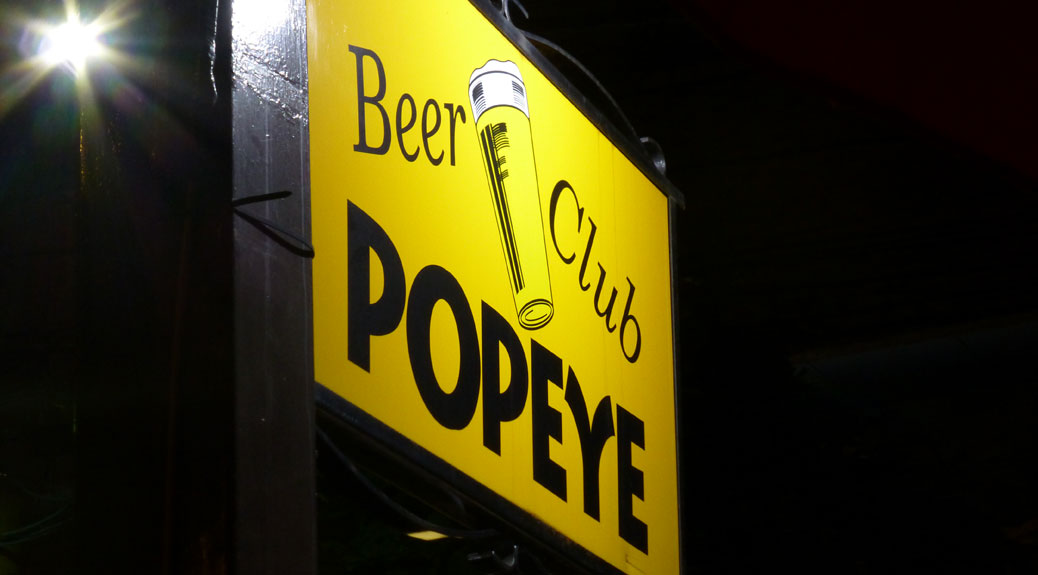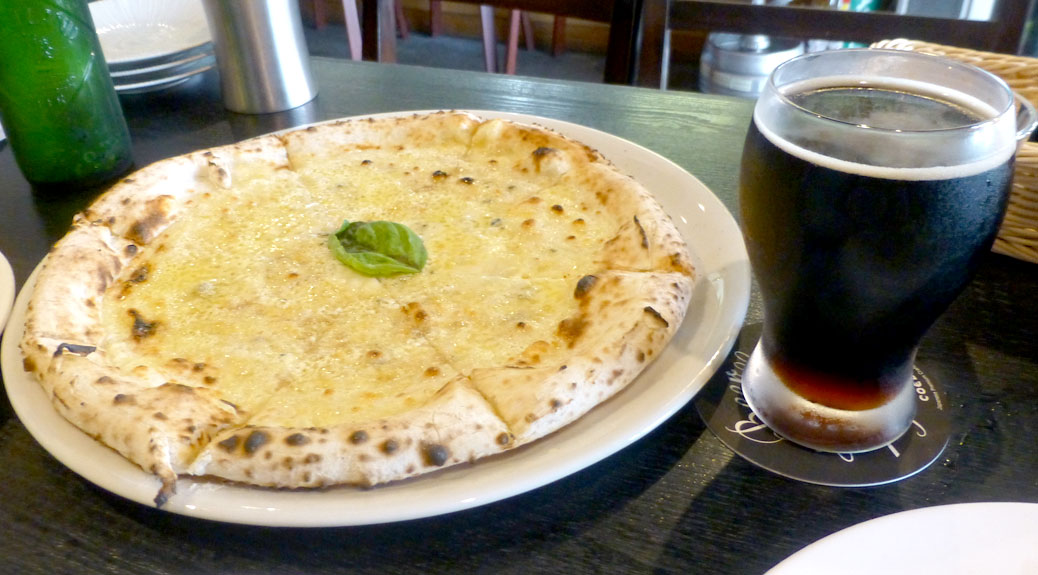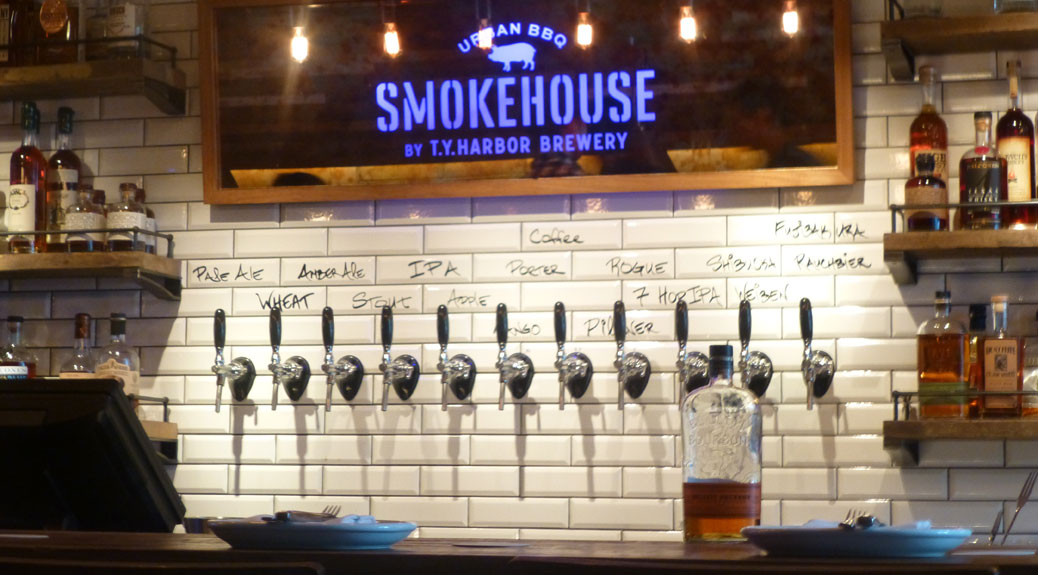A short walk from the Imperial Palace sits Tokyo Station, host to more than 3,000 trains and nearly 416,000 passengers every day. However, the station is more than just a transportation hub. Completed in 1914, it’s seen war, assassination and rejuvenation over the last 100 years.
In 1921, Prime Minister Takashi Hara was assassinated at the station on a trip to Kyoto. Nine years later, Prime Minister Osachi Hamaguchi was shot in an attempted assassination and died a few months later. In 1945, much of the station was destroyed by Allied powers during the Second World War.
Today, Tokyo Station is a standard Japanese combination of function, commerce and history. Last week, we visited the station for the first time to buy our Shinkansen (bullet train) tickets for our upcoming trip to Osaka and Kyoto. We quickly got lost in the underground labyrinth of the station. Passageways are given “street” names to help navigate between the different lines as well as the myriad of shopping, dining and cultural opportunities throughout the station known as Tokyo Station City.
Fortunately, there are information desks in each area of the station with English-speaking attendants. We were given directions to the ticket counter, but first we needed to eat!
We hadn’t had a purpose to go through Tokyo Station before, so we’d been saving a special stop for this occasion. T’s Tantan is a vegan ramen shop located inside the JR gate of the station. We actually had to pay fare (140 yen) to enter the restaurant area even though we weren’t boarding a train.
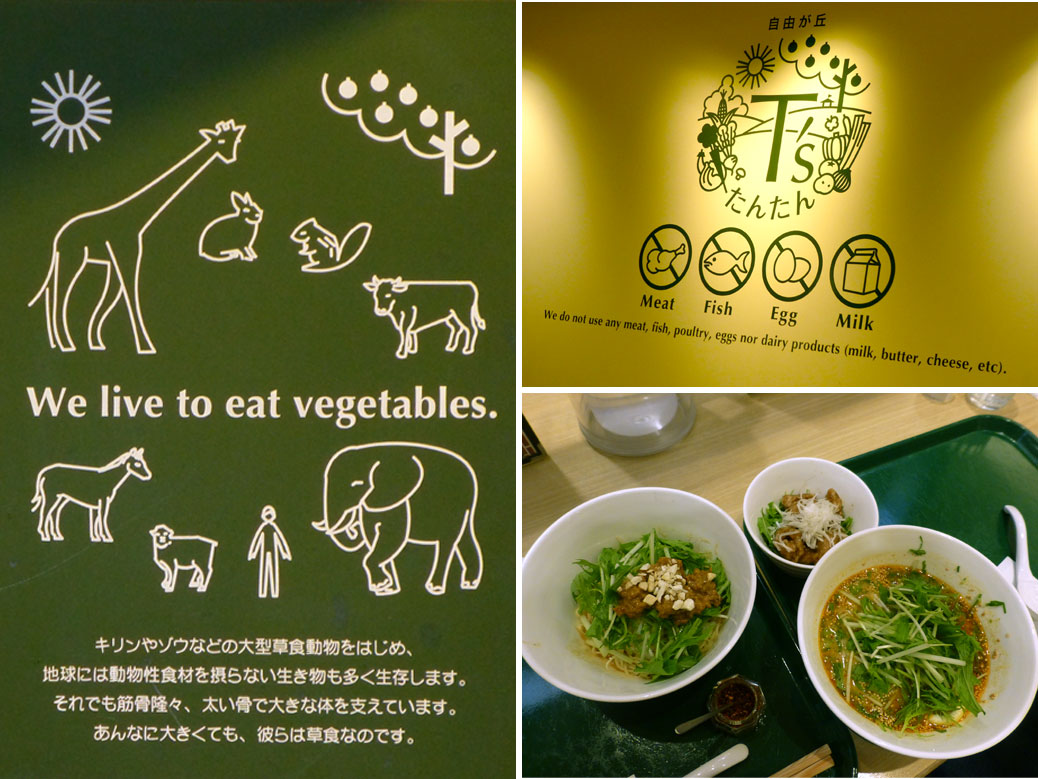
The place was busy for 5 p.m. in Japan. There were a couple granola-types, but also a lot of people in business suits who showed up because the food was good. We ordered a couple amazing Tantan bowls, which are flavored-up ramen with fresh vegetables, and a side of fried soy meat.
T’s philosophy is playfully illustrated on the walls of the shop. One sign shows roughly-drawn figures of animals and a human surrounding the English words “We live to eat vegetables.” That’s when I knew this place was for me. We even scheduled our return trip from Osaka to arrive at Tokyo Station around dinnertime. Get ready T’s… I’m coming for you!
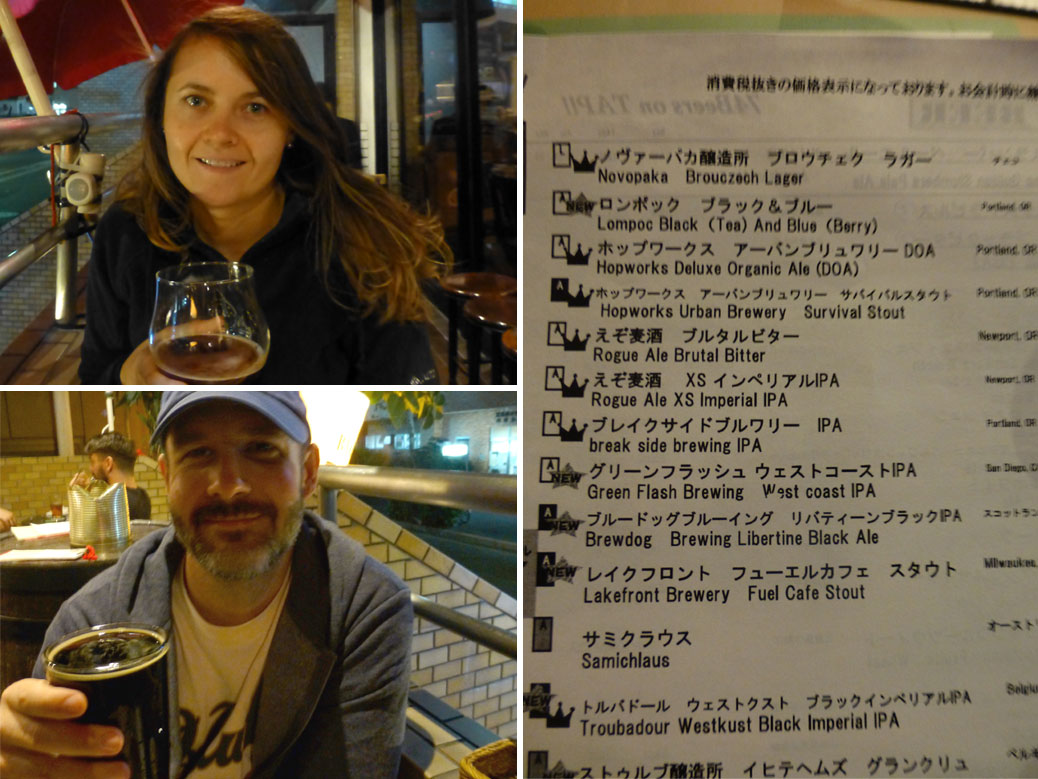
Popeye Beer Club was another stop on this side of the city that hadn’t fit into previous visits, but today it was just a short train ride from Tokyo Station in the Ryōgoku area. What started as a standard izakaya 60 years ago is now one of Tokyo’s best destinations for both local and international craft beer. Popeye even has several of their own brews among the 70-plus beers they rotate on tap.
For once, we took the approach of “Hey… we’re in Japan for awhile!” and skipped the local beers in favor of a taste of home. I had a Breakside Brewing IPA from Milwaukie, OR and a Rogue Shakespeare Oatmeal Stout from Newport, OR. Incidentally, that Breakside IPA recently won the 2014 Great American Beer Festival gold medal for best American-Style India Pale Ale. Viktoria had the Rogue Old Crustacean Barleywine, which was appropriately served in a snifter to trap the aromas of the macadamia nut and strawberry notes.

We did a lap around the neighborhood before getting back on the train for our 90 minute ride home. The famous Ryōgoku Kokugikan sumo hall is on the opposite side of the station from Popeye. While it was dark and locked up tight, you could still sense the grand tradition of this religious ritual-turned-sport. The outer walls were adorned with ukiyo-e murals of wrestlers and the modern temple (built in 1985) rises with an agelessness unmatched by its neomodern neighbors.
After seven months, we already have our standard stops in Tokyo, so it was great to explore a different part of this massive city. There’s a fair chance this day will see a repeat in about a week when we return from Osaka.

